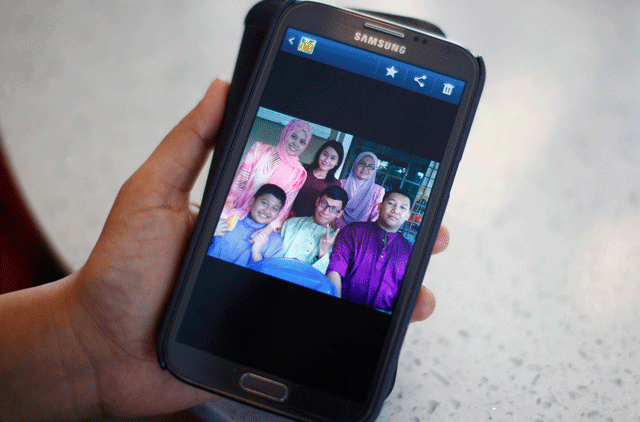
Washington: The search for Malaysia Airlines Flight 370 continues, but it’s only a matter of time before the families of the lost passengers begin to ask a pair of questions: How much money will they receive for the losses of their loved ones, and who will pay?
They are questions that don’t necessarily need to wait for the plane to be found to be answered.
As it turns out, there’s an international treaty for every occasion. In this case, it’s the 1999 Montreal Convention for the Unification of Certain Rules for International Carriage by Air, which entered into force in 2003 and standardises the rights of passengers on international flights.
Under the Montreal Convention, “the airline, even if it’s not responsible, is required to compensate the victims’ families,” said Mike Danko, an aviation attorney in Redwood Shores, California, who has worked on litigation related to the Asiana Airlines crash in San Francisco in July 2013. Passengers of that crash have filed suits against Asiana Airlines and, in January 2014, against Boeing.
In some instances the airline will not even wait until the wreckage is found to start discussing payments — that was the case when Air France began dispersing money to the family of each passenger aboard a flight that went down off the coast of Brazil in June 2009 just days after it disappeared.
“The question,” according to Danko, “is how much.”
The treaty entitles families of the victims to payouts of up to about $150,000 (Dh550,945) per person, but how that gets doled out is specific to each incident. After Air India Express Flight 812 crashed in May 2010, the Indian government said that the airline was liable for up to $160,000 per passenger, but when Ethiopian Airlines Flight 409 crashed taking off from Beirut in January of the same year, the airline only paid out $20,000 per passenger.
“The real issue, as is the case in all these cases, is under whose law,” Danko said. That gets more complicated. Victims’ families have the option to sue for more damages in multiple countries under the Montreal Convention, and they will likely file suit in the country where they’re most likely to win their cases and receive the highest settlements. In this case, families of the missing passengers can file in Malaysia (because it is the base of operations for the airline), in the country of the victim’s residence, or in the country of the victim’s intended destination (which is not necessarily Beijing — if the victim had a connecting flight to another country, the family could sue in that country).
That may give an advantage to families who can bypass Chinese and Malaysian courts, like the families of the three American and nine European passengers. “In some countries, fair compensation for the loss of a son may be deemed to be $20,000. In the United States, that may be millions of dollars,” Danko said. “That is determined on where you bring suit.”
All the passengers’ families, though, will have the option to file a suit in the United States against Boeing, the manufacturer of the disappeared 777 jet. “Usually what happens are family members who are otherwise unable to bring suit against the airline will bring suit against the manufacturer,” Danko said. For example, after a flight from Manaus to Rio de Janeiro, Brazil, crashed, families of the victims filed suit against the US companies that operated the jet and made some of its safety equipment.
But until the plane is found and more is known about the circumstances that brought it down, it would be difficult to prove that families are owed compensation because of a mechanical failure. As with so much else about Malaysia Airlines Flight 370, the biggest mysteries are yet to be solved.













